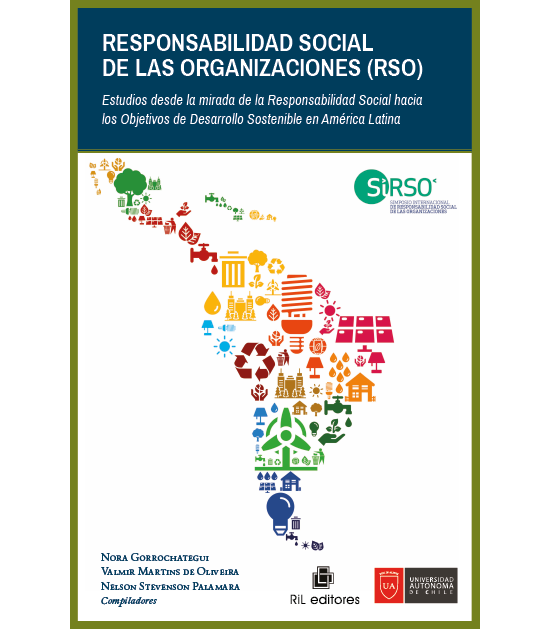Mostrar el registro sencillo del ítem
A combined approach of MALDI-TOF mass spectrometry and multivariate analysis as a potential tool for the detection of SARS-CoV-2 virus in nasopharyngeal swabs
| dc.contributor.author | Rocca, María Florencia | |
| dc.contributor.author | Zintgraff, Jonathan | |
| dc.contributor.author | Dattero, María Elena | |
| dc.contributor.author | Santos, Leonardo S. | |
| dc.contributor.author | Ledesma, Martín M. | |
| dc.contributor.author | Vay, Carlos Alberto | |
| dc.contributor.author | Prieto, Mónica A. | |
| dc.contributor.author | Benedetti, Estefanía | |
| dc.contributor.author | Avaro, Martín M. | |
| dc.contributor.author | Russo, Mara L. | |
| dc.contributor.author | Nachtigall, Fabiane Manke | |
| dc.contributor.author | Baumeister, Elsa Graciela | |
| dc.date.accessioned | 2020-10-26T20:55:29Z | |
| dc.date.available | 2020-10-26T20:55:29Z | |
| dc.date.issued | 2020-12 | |
| dc.identifier | 10.1016/j.jviromet.2020.113991 | |
| dc.identifier.issn | 01660934 | |
| dc.identifier.uri | https://hdl.handle.net/20.500.12728/7083 | |
| dc.description.abstract | Coronavirus disease 2019, known as COVID-19, is caused by the severe acute respiratory syndrome coronavirus 2 (SARS-CoV-2). The early, sensitive and specific detection of SARS-CoV-2 virus is widely recognized as the critical point in responding to the ongoing outbreak. Currently, the diagnosis is based on molecular real time RT-PCR techniques, although their implementation is being threatened due to the extraordinary demand for supplies worldwide. That is why the development of alternative and / or complementary tests becomes so relevant. Here, we exploit the potential of mass spectrometry technology combined with machine learning algorithms, for the detection of COVID-19 positive and negative protein profiles directly from nasopharyngeal swabs samples. According to the preliminary results obtained, accuracy = 67.66 %, sensitivity = 61.76 %, specificity = 71.72 %, and although these parameters still need to be improved to be used as a screening technique, mass spectrometry-based methods coupled with multivariate analysis showed that it is an interesting tool that deserves to be explored as a complementary diagnostic approach due to the low cost and fast performance. However, further steps, such as the analysis of a large number of samples, should be taken in consideration to determine the applicability of the method developed. | es_ES |
| dc.language.iso | en | es_ES |
| dc.publisher | Elsevier B.V. | es_ES |
| dc.subject | COVID-19 | es_ES |
| dc.subject | Machine learning | es_ES |
| dc.subject | MALDI-TOF | es_ES |
| dc.subject | Mass spectrometry | es_ES |
| dc.subject | SARS-CoV-2 | es_ES |
| dc.title | A combined approach of MALDI-TOF mass spectrometry and multivariate analysis as a potential tool for the detection of SARS-CoV-2 virus in nasopharyngeal swabs | es_ES |
| dc.type | Article | es_ES |


